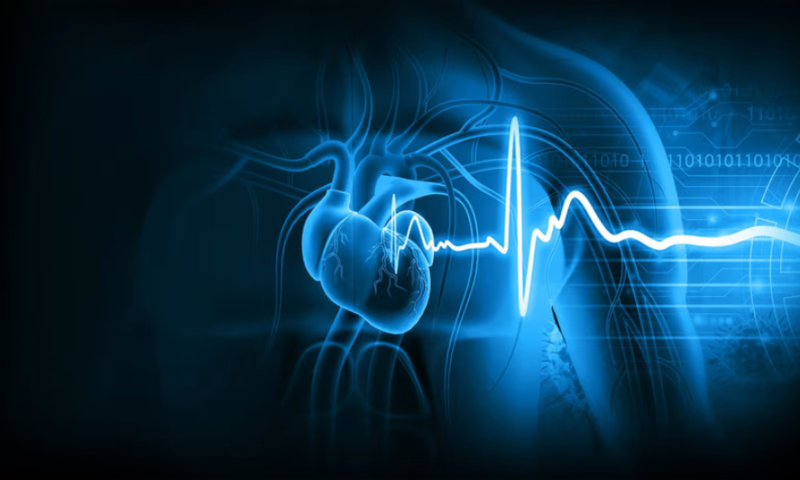Early adopters of artificial intelligence technology on the frontlines of healthcare have posted higher rates of successfully diagnosing certain heart conditions, even if those clinicians have less experience in dealing with complex patients, according to researchers at the Mayo Clinic.
These nascent technologies have seen varying levels of use in the field, but a study found—among people who employed them more often in their care—that AI-enabled screening tools could double the chances of spotting low ejection fraction from the heart’s left ventricle, an important measure of efficiency as the cardiac muscle works to push blood out to the rest of the body.
And though strong adopters of AI programs tended to have less experience in certain areas, the researchers said that a clinician’s age, gender and the total number of patients they have cared for did not significantly impact their diagnosis rates while using high-tech tools.
High adopters were typically represented by advanced practice providers such as nurse practitioners and physician assistants compared to physicians themselves. Going forward, boosting widespread adoption will be key, the researchers said.
“This demonstrates the importance of AI systems that integrate seamlessly into the workflows of clinicians,” David Rushlow, chair of family medicine for Mayo Clinic in the Midwest, said in a release. “Given the technical nature of AI in healthcare, it often is initiated and developed in academic specialty practices. To maximize AI’s benefits, more collaboration is needed between specialty practices and primary care.”
In the randomized study, healthcare workers at 48 Mayo Clinic practices in Minnesota and Wisconsin were split between an AI group and a control arm employing standard care procedures.
The final analysis included more than 11,000 patients who had an electrocardiogram between August 2019 and March 2020. An AI program was used to analyze the ECG findings, and if they were found to have a high likelihood of low ejection fraction, the software recommended the patient undergo a cardiac ultrasound exam.
High adopters were defined as those who followed the AI’s recommendations more often than their peers, and they were twice as likely to identify cases of low ejection fraction—with a diagnostic yield of 33.9% compared to 16.3% for low adopters. The results were published in the journal Mayo Clinic Proceedings (PDF).
Low ejection fraction percentages can be a sign of a weakened heart muscle, as well as issues with heart valves and blood pressure or conditions like cardiomyopathy. Early diagnosis and treatment is key to reducing the onset of serious heart failure.

